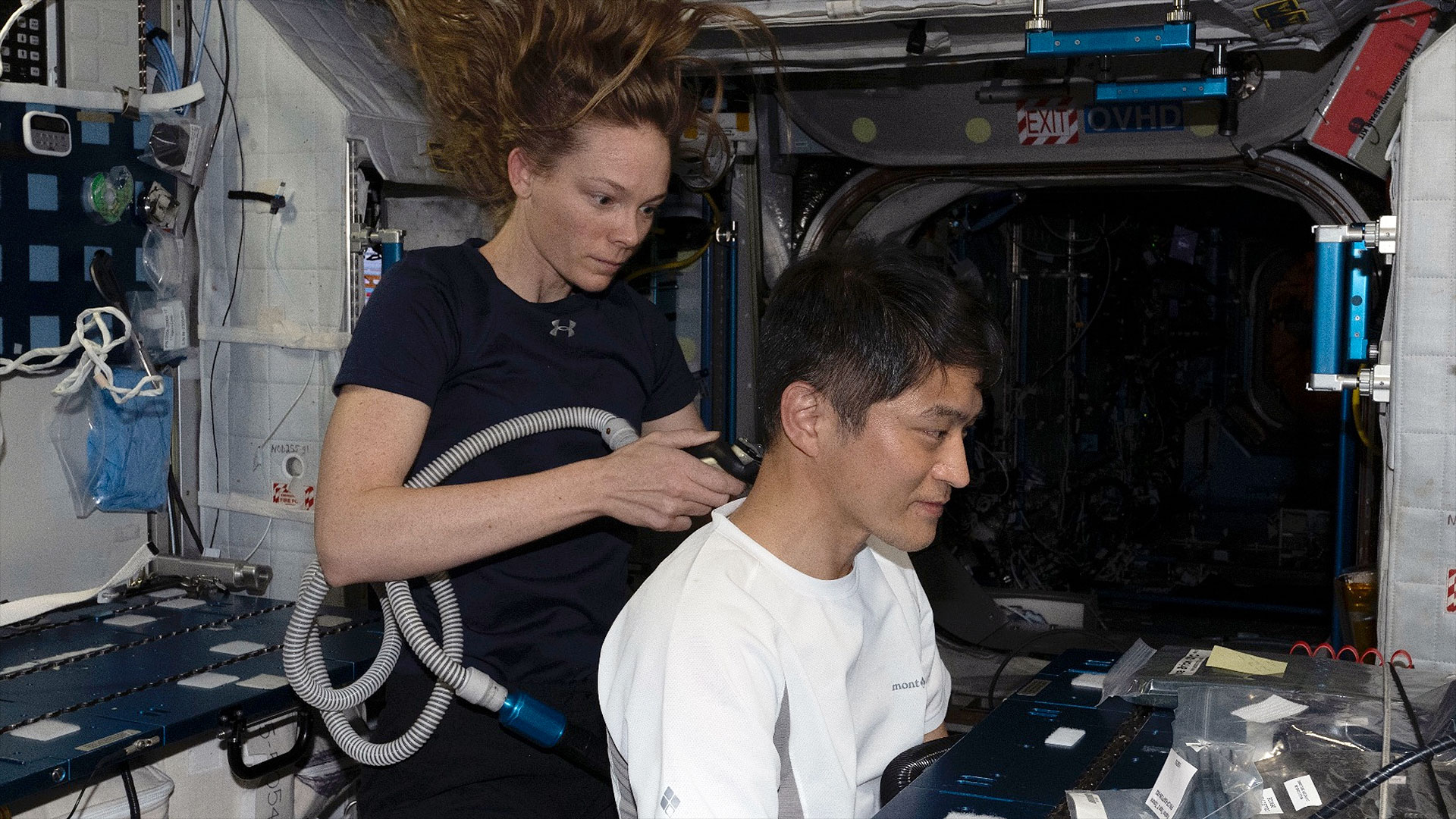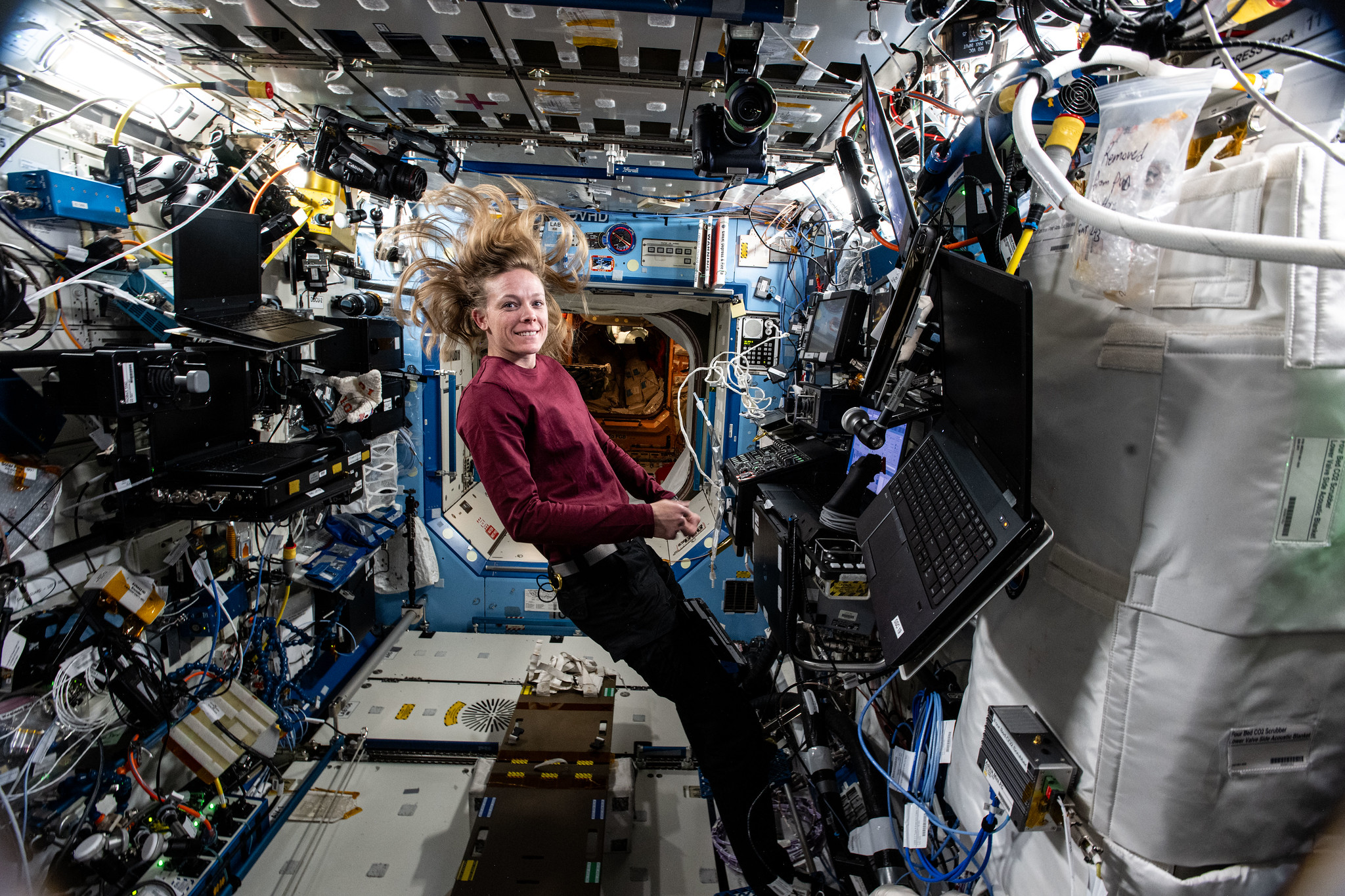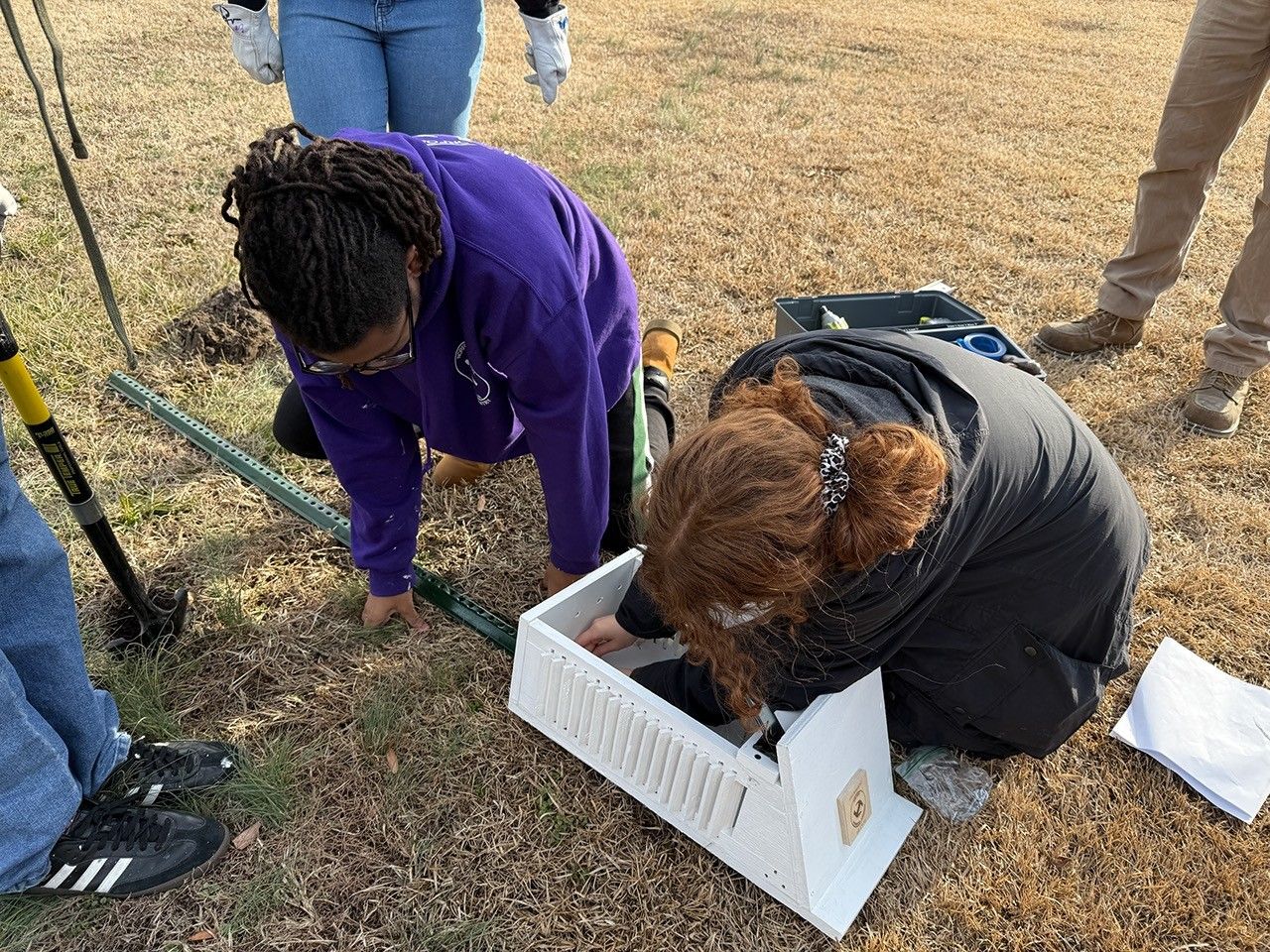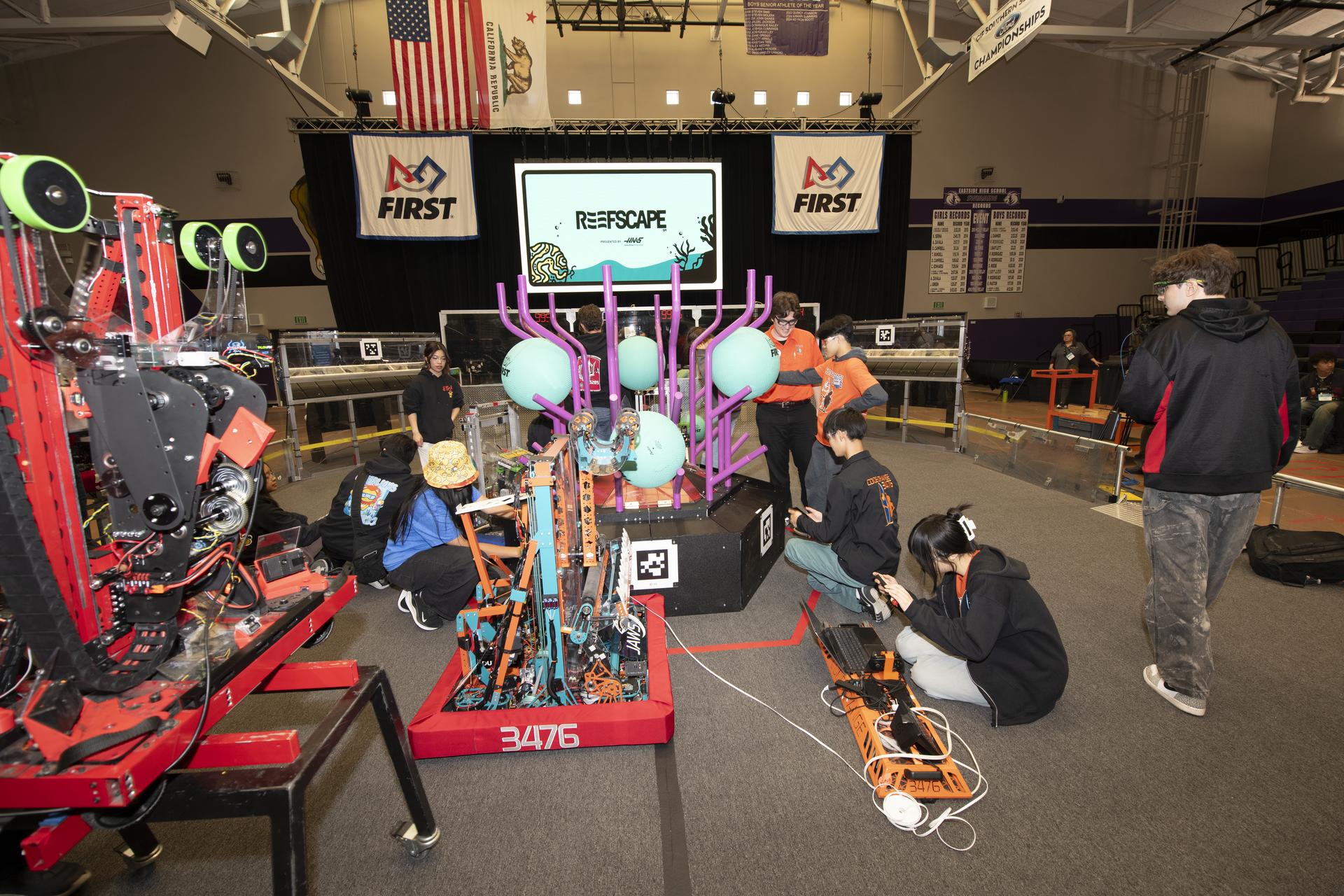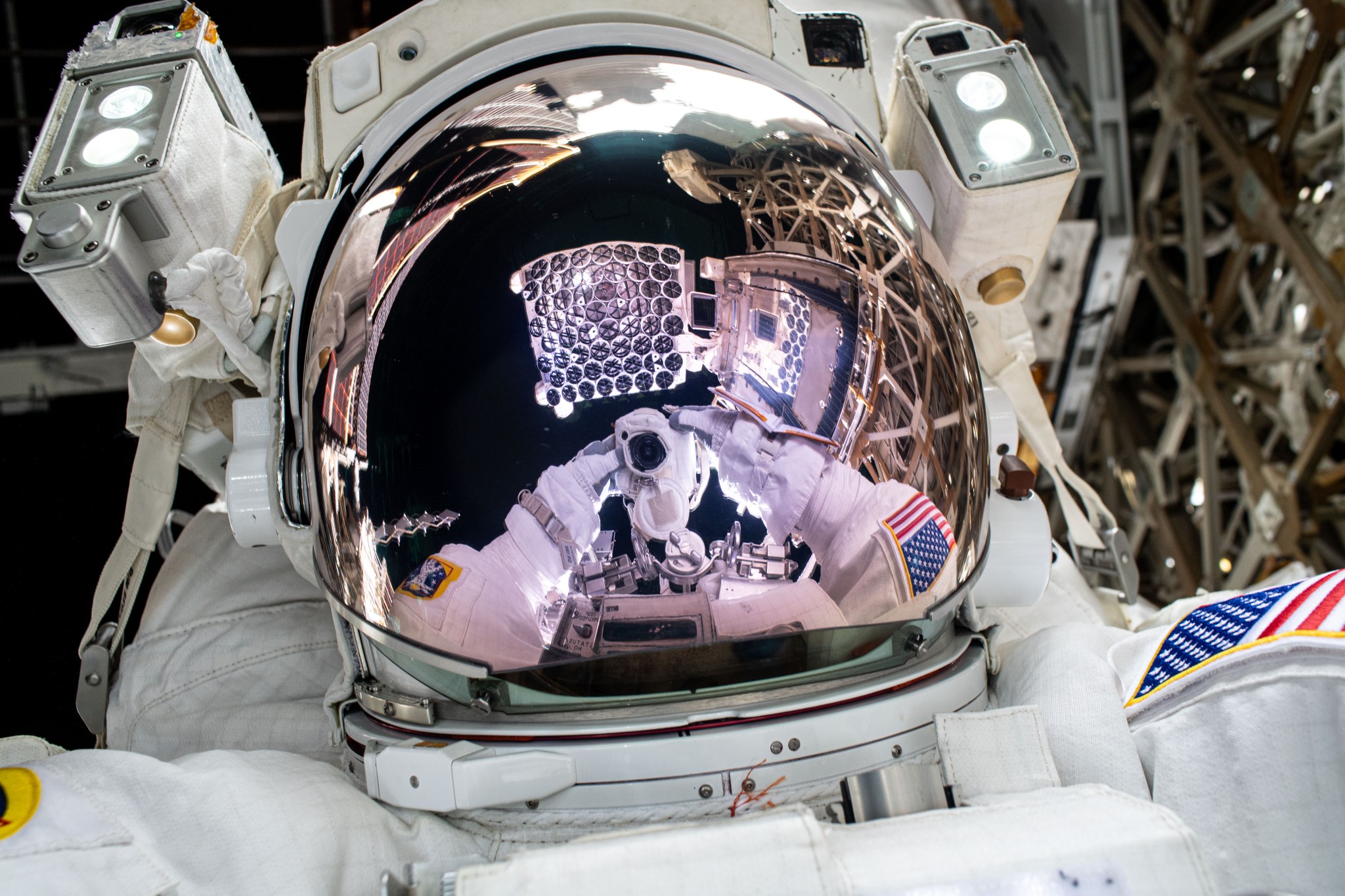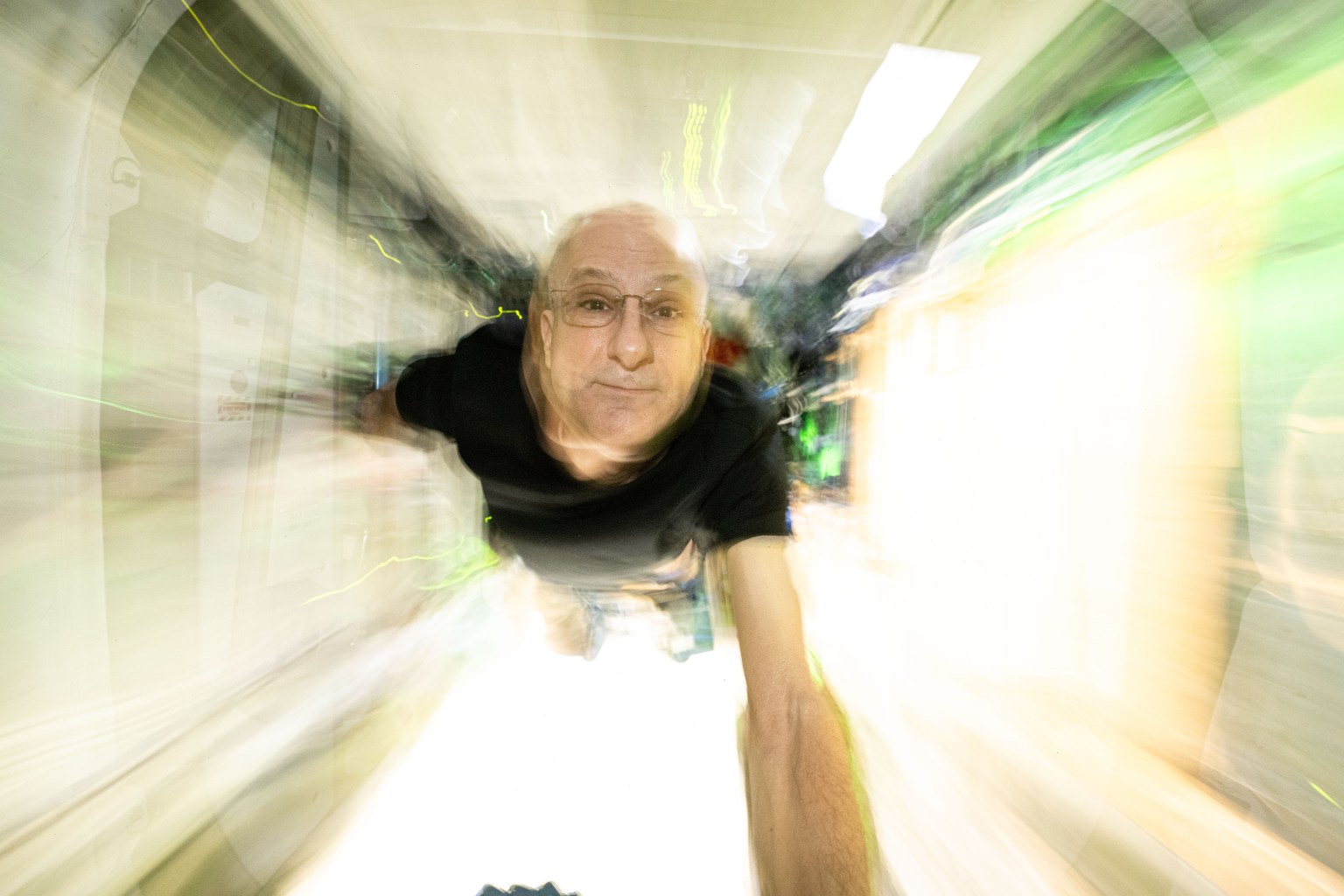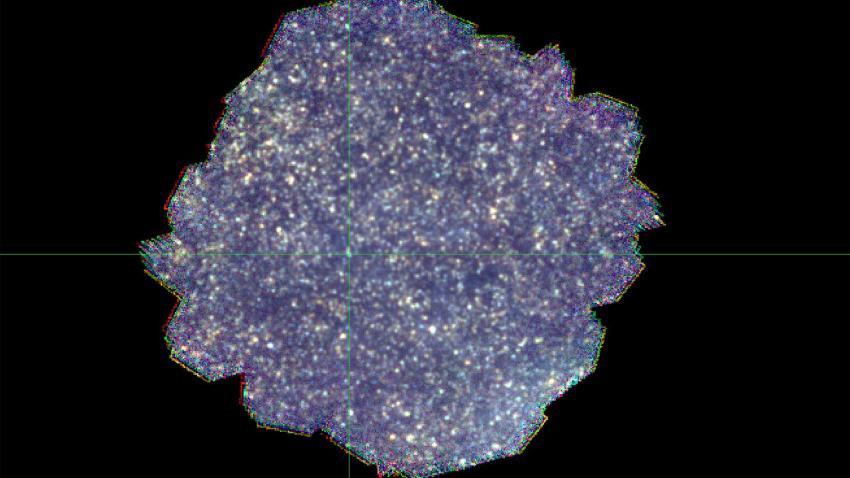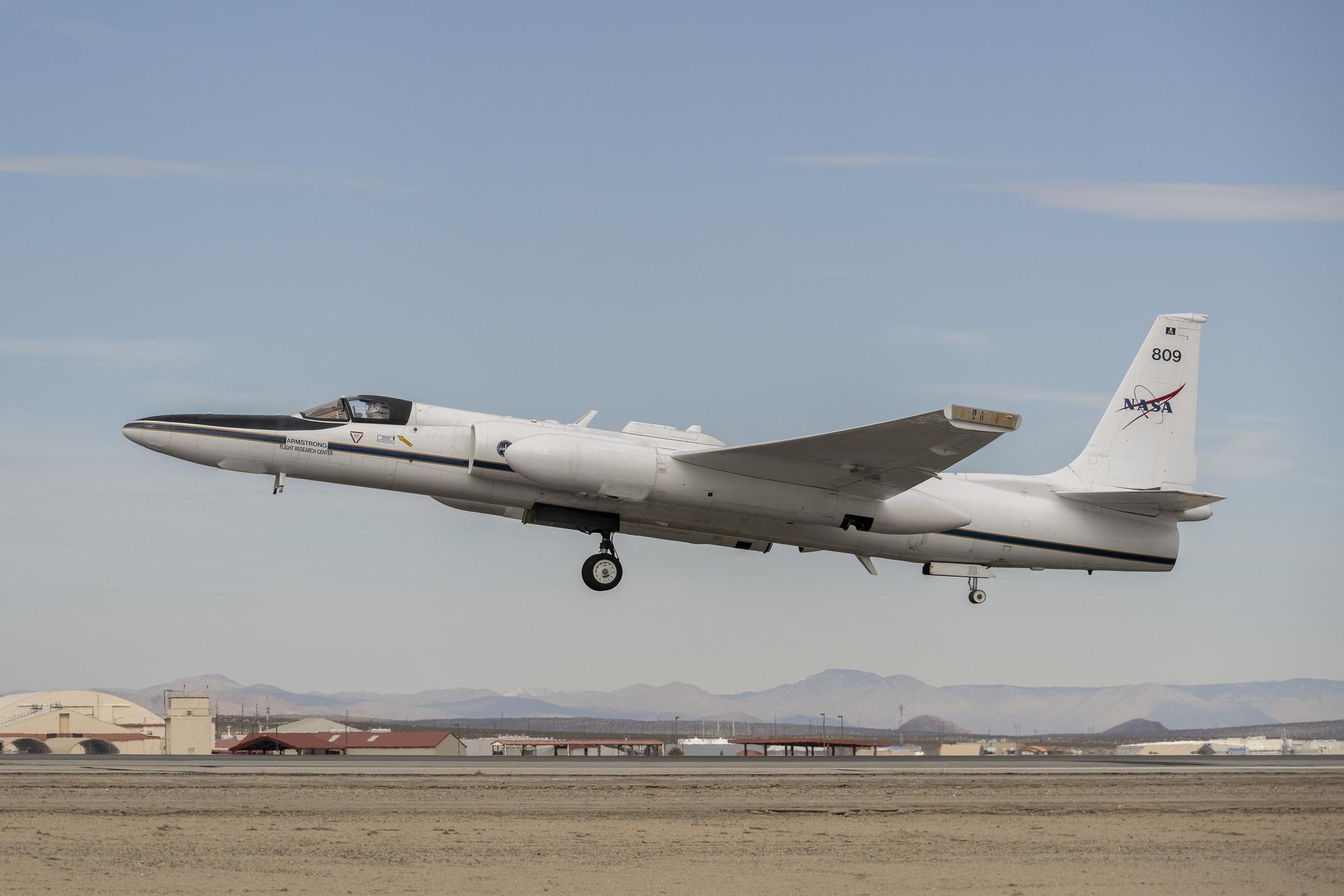NASA astronaut Nichole Ayers gave Takuya Onishi, her JAXA crewmate, a haircut on board the International Space Station on April 13, 2025. (Image credit: JAXA/Takuya Onishi) What is it? A month into his second long-duration stay aboard the International Space Station, Expedition 73 commander Takuya Onishi received a haircut from his crewmate Nichole Ayers. Onishi shared this photo on social media, commenting on how this haircut by a NASA astronaut was different from his experience with a Russian cosmonaut during his first stay on the station in 2016. “A different…
Read MoreAuthor: NeRD
NASA Studies Wind Effects and Aircraft Tracking with Joby Aircraft
3 min read Preparations for Next Moonwalk Simulations Underway (and Underwater) One of several NASA distributed sensing ground nodes is set up in the foreground while an experimental air taxi aircraft owned by Joby Aviation sits in the background near NASA’s Armstrong Flight Research Center in Edwards, California, on March 12, 2025. NASA is collecting information during this study to help advance future air taxi flights, especially those occurring in cities, to track aircraft moving through traffic corridors and around landing zones. NASA/Genaro Vavuris NASA engineers began using a network of…
Read MoreNASA Astronaut to Answer Questions from Colorado Students
NASA astronaut Nichole Ayers works at the controls of the robotics workstation in the International Space Station’s Destiny Laboratory. Credit: NASA Students from Woodland Park, Colorado, will connect with NASA astronaut Nichole Ayers as she answers prerecorded science, technology, engineering, and mathematics-related questions from aboard the International Space Station. Watch the 20-minute space-to-Earth call at 11:55 a.m. EDT on Monday, April 21, on the NASA STEM YouTube Channel. The event, hosted by Woodland Park High School, also is open to students from Woodland Park Middle School. The Colorado high school…
Read MoreSpace Shuttle Discovery Lifts Off
The space shuttle Discovery launches from NASA’s Kennedy Space Center in Florida, heading through Atlantic skies toward its 51-D mission. The seven-member crew lifted off at 8:59 a.m. ET, April 12, 1985.
Read MoreBuilding for a Better World: Norfolk Students Bring STEM to Life with NASA Partnership
Explore This Section Science Science Activation Building for a Better World:… Overview Learning Resources Science Activation Teams SME Map Opportunities More Science Activation Stories Citizen Science 6 min read Building for a Better World: Norfolk Students Bring STEM to Life with NASA Partnership At Norfolk Technical Center in Norfolk, Virginia, carpentry students in Jordan Crawford’s first-year class aren’t just learning how to measure and cut wood—they’re discovering how their skills can serve a greater purpose. When the NASA Science Activation program’s NASA eClips project—led by the National Institute of…
Read MoreNASA Supports Next Generation of Innovators
2 min read Preparations for Next Moonwalk Simulations Underway (and Underwater) Robotics teams gather on the main floor of the 2025 Aerospace Valley FIRST Robotics Competition at Eastside High School in Lancaster, California, adjusting and testing the functions of their robots, on April 3, 2025 NASA/Genaro Vavuris A group of attendees to the 2025 Aerospace Valley FIRST Robotics Competition gather outside Eastside High School’s gymnasium in Lancaster, California, to watch an F/A-18 from NASA’s Armstrong Flight Research Center, in Edwards, California, fly over the school to kick off the competition,…
Read MoreNICER Status Updates
April 17, 2025 Following Repair, NASA’s NICER Improves Daytime Measurements A NASA X-ray telescope on the International Space Station called NICER, or Neutron star Interior Composition Explorer, has regained additional daytime observation capabilities thanks to repairs completed during a spacewalk and a reconfiguration of its detectors. In May 2023, NICER developed a light leak in which unwanted sunlight began entering the instrument. Photos taken from inside the space station revealed several small areas of damage to the telescope’s thin thermal shields, which block sunlight while allowing X-rays through to the…
Read MoreScience Meets Art: NASA Astronaut Don Pettit Turns the Camera on Science
4 Min Read Science Meets Art: NASA Astronaut Don Pettit Turns the Camera on Science NASA astronaut Don Pettit is scheduled to return home in mid-April after a seven-month mission aboard the International Space Station as part of Expedition 72. Throughout his stay, Pettit contributed to research that benefits humanity and future space missions. Pettit also shared what he calls “science of opportunity” to demonstrate how experimenting with our surroundings can help gain a better understanding of how things work. This understanding is perhaps enhanced when art, science, and microgravity…
Read MoreVast swarms of hidden galaxies may be secretly bathing the universe in a soft glow
A secret population of hidden galaxies suffusing the universe in a soft glow of far-infrared light have been strongly suggested to exist, based on careful detective work into some of the most unique data to come from Europe’s Herschel Space Observatory. The galaxies, if they are real, are not necessarily a surprise. The cosmos is filled with light across all wavelengths — it’s just that the far-infrared component seems to be stronger than can be accounted for by all the galaxies we can see in visible light. In other words,…
Read MoreTesting in the Clouds: NASA Flies to Improve Satellite Data
3 min read Preparations for Next Moonwalk Simulations Underway (and Underwater) Piloted by NASA’s Tim Williams, the ER-2 science aircraft ascends for one of the final science flights for the GSFC Lidar Observation and Validation Experiment (GLOVE) on Feb. 1, 2025. As a collaboration between engineers, scientists, and aircraft professionals, GLOVE aims to improve satellite data products for Earth Science applications. NASA/Steve Freeman In February, NASA’s ER-2 science aircraft flew instruments designed to improve satellite data products and Earth science observations. From data collection to processing, satellite systems continue to…
Read More